Monash University is claiming its lithium-sulfur battery is the world’s most efficient and capable of allowing an electric car to travel over 600 miles between charges.
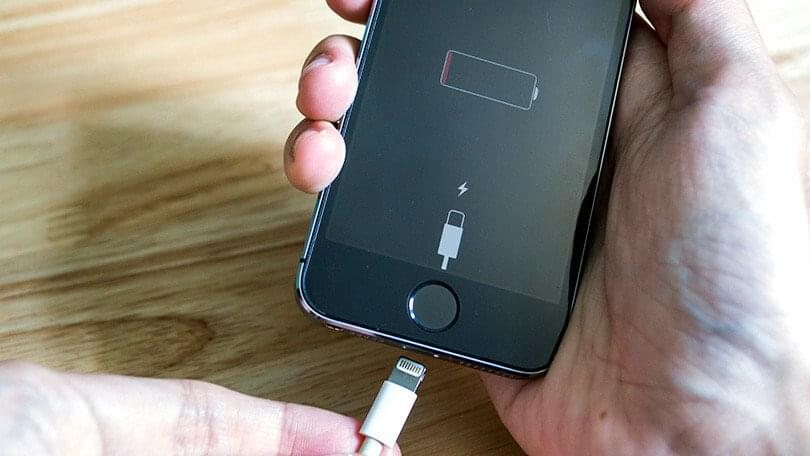

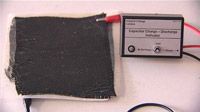
The advancements that are being made in battery technology are pretty mind boggling. We are seeing devices that are drawing power from just about every source that is imaginable, and now there is battery technology from researchers at Imperial College London that may actually have devices that create their own power. From cell phones to cars and everything in between, there may eventually be nothing more needed that to actually use the device.
This incredible new battery technology works because of the material that is being used in the actual construction of the items. The reason that the new material is making headlines is because of the fact that it can be integrated into the design of an automobile and would make it lighter and more fuel efficient, but could actually supply power to recharge the battery of an electric car.
With the material being able to be strong enough for the construction of a car, there are many other possibilities for its use. Right off the bat, devices such as cell phones, iPods, laptops and anything else that you can think of that would use battery power would be able to benefit from this new battery technology.
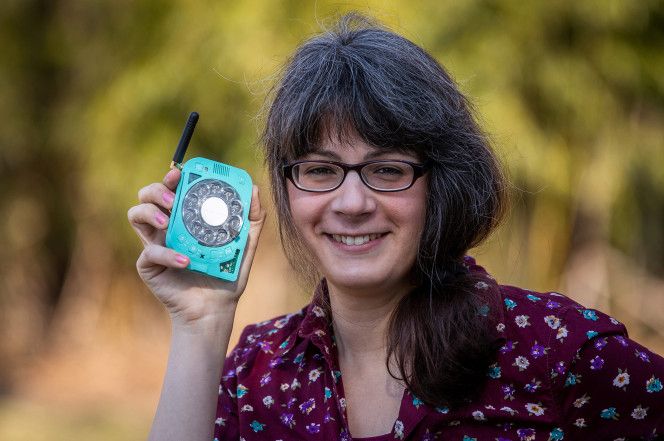
She builds tools for space exploration — but her cellphone is strictly down to earth.
Justine Haupt, 34, hates smartphones. She hates the way they work, and she hates the way they rule our lives.
“I work in technology but I don’t like the culture around smartphones,” says the astronomy instrumentation engineer from Long Island.



If shit ever hits the fan it is good to have a personal library downloaded on your phone. Because your phone be worthless but a digital library will not be.
If you are trying to find prepper and survival books, you’ve come to the right place. Below is a list of 667 of the best survival manuals, books, and survival guide PDF downloads. To download any of these titles, simply right-click on a file, and then select “Save As”.

Another important question is the extent to which continued increases in computational capacity are economically viable. The Stanford Index reports a 300,000-fold increase in capacity since 2012. But in the same month that the Report was issued, Jerome Pesenti, Facebook’s AI head, warned that “The rate of progress is not sustainable…If you look at top experiments, each year the cost is going up 10-fold. Right now, an experiment might be in seven figures but it’s not going to go to nine or 10 figures, it’s not possible, nobody can afford that.”
AI has feasted on low-hanging fruit, like search engines and board games. Now comes the hard part — distinguishing causal relationships from coincidences, making high-level decisions in the face of unfamiliar ambiguity, and matching the wisdom and commonsense that humans acquire by living in the real world. These are the capabilities that are needed in complex applications such as driverless vehicles, health care, accounting, law, and engineering.
Despite the hype, AI has had very little measurable effect on the economy. Yes, people spend a lot of time on social media and playing ultra-realistic video games. But does that boost or diminish productivity? Technology in general and AI in particular are supposed to be creating a new New Economy, where algorithms and robots do all our work for us, increasing productivity by unheard-of amounts. The reality has been the opposite. For decades, U.S. productivity grew by about 3% a year. Then, after 1970, it slowed to 1.5% a year, then 1%, now about 0.5%. Perhaps we are spending too much time on our smartphones.
Another patent leak shows that Samsung is bringing unexpected tech to the Galaxy Note 20 phablet.
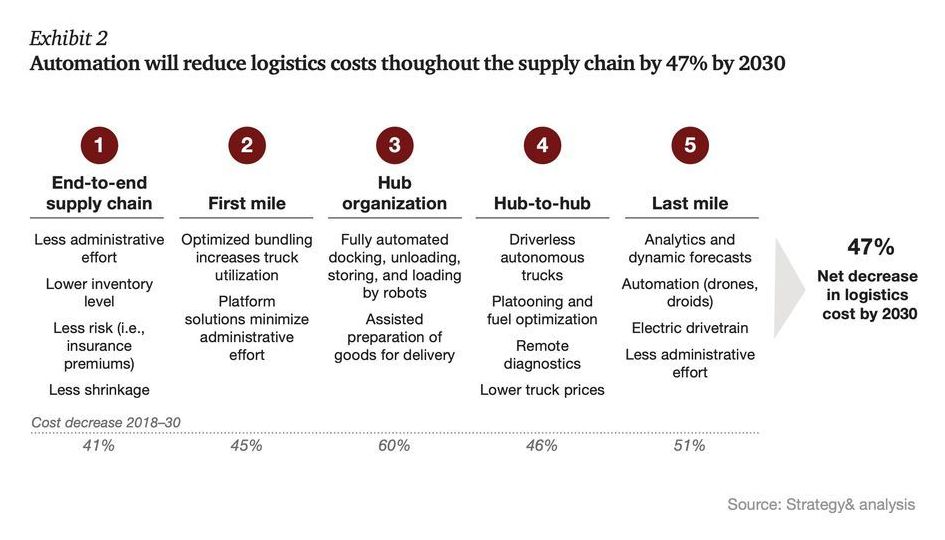
The fact that self-driving trucks did not initially capture the public imagination is perhaps not entirely shocking. After all, most people have never been inside a truck, let alone a self-driving one, and don’t give them more than a passing thought. But just because trucks aren’t foremost in most people’s thoughts, doesn’t mean trucks don’t impact everyone’s lives day in and day out. Trucking is an $800 billion industry in the US. Virtually everything we buy — from our food to our phones to our furniture — reaches us via truck. Automating the movement of goods could, therefore, have at least as profound an impact on our lives as automating how we move ourselves. And people are starting to take notice.
As self-driving industry pioneers, we’re not surprised: we have been saying this for years. We founded Kodiak Robotics in 2018 with the vision of launching a freight carrier that would drive autonomously on highways, while continuing to use traditional human drivers for first- and last-mile pickup and delivery. We developed this model because our experience in the industry convinced us that today’s self-driving technology is best-suited for highway driving. While training self-driving vehicles to drive on interstate highways is complicated, hard work, it’s a much simpler, more constrained problem than driving on city streets, which have pedestrians, public transportation, bikes, pets, and other things that make cities great to live in but difficult for autonomous technology to understand and navigate.
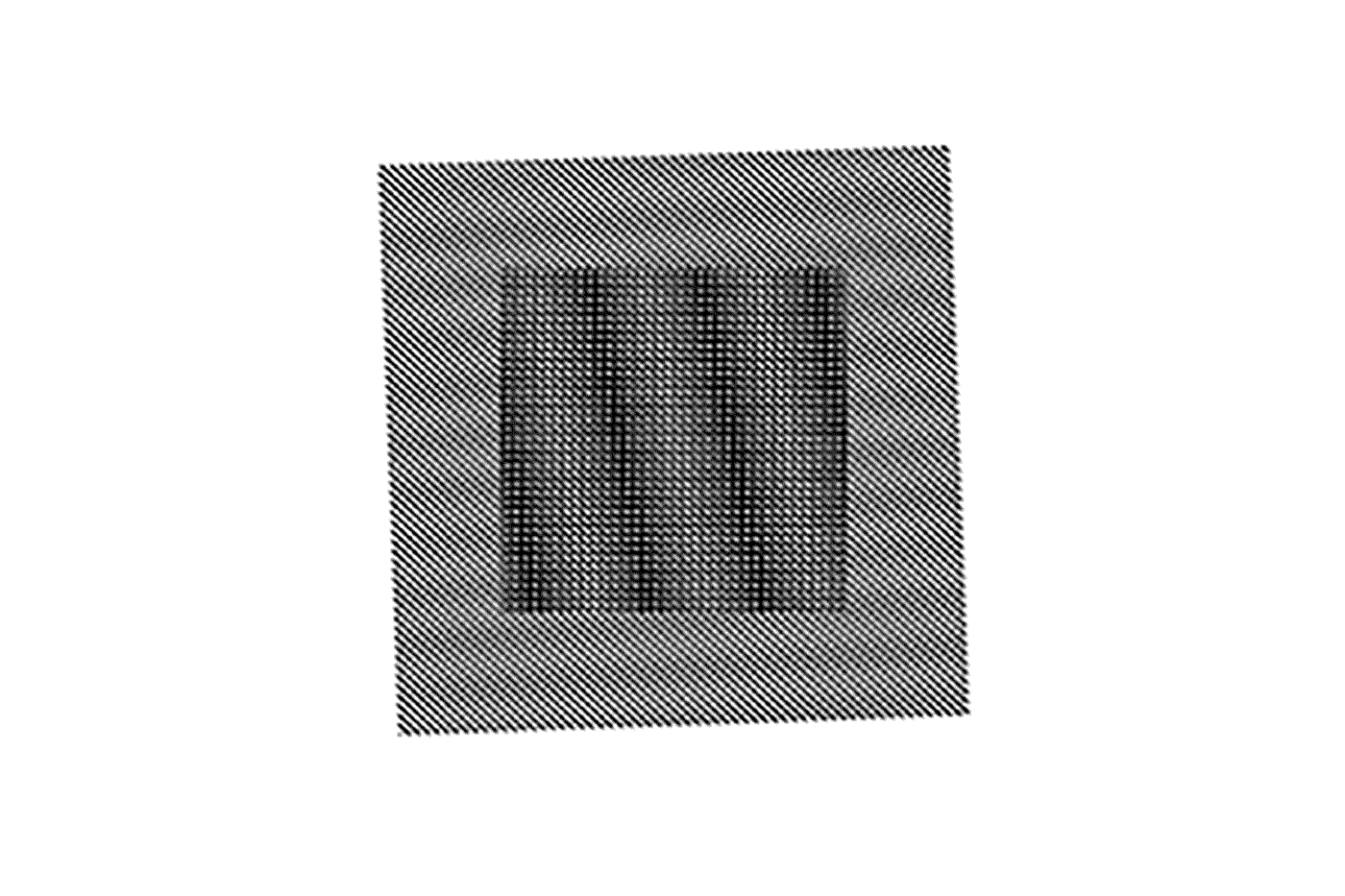
Humans have been studying electric charge for thousands of years, and the results have shaped modern civilization. Our daily lives depend on electric lighting, smartphones, cars, and computers, in ways that the first individuals to take note of a static shock or a bolt of lightning could never have imagined.
Now, physicists at Northeastern have discovered a new way to manipulate electric charge. And the changes to the future of our technology could be monumental.
“When such phenomena are discovered, imagination is the limit,” says Swastik Kar, an associate professor of physics. “It could change the way we can detect and communicate signals. It could change the way we can sense things and the storage of information, and possibilities that we may not have even thought of yet.”